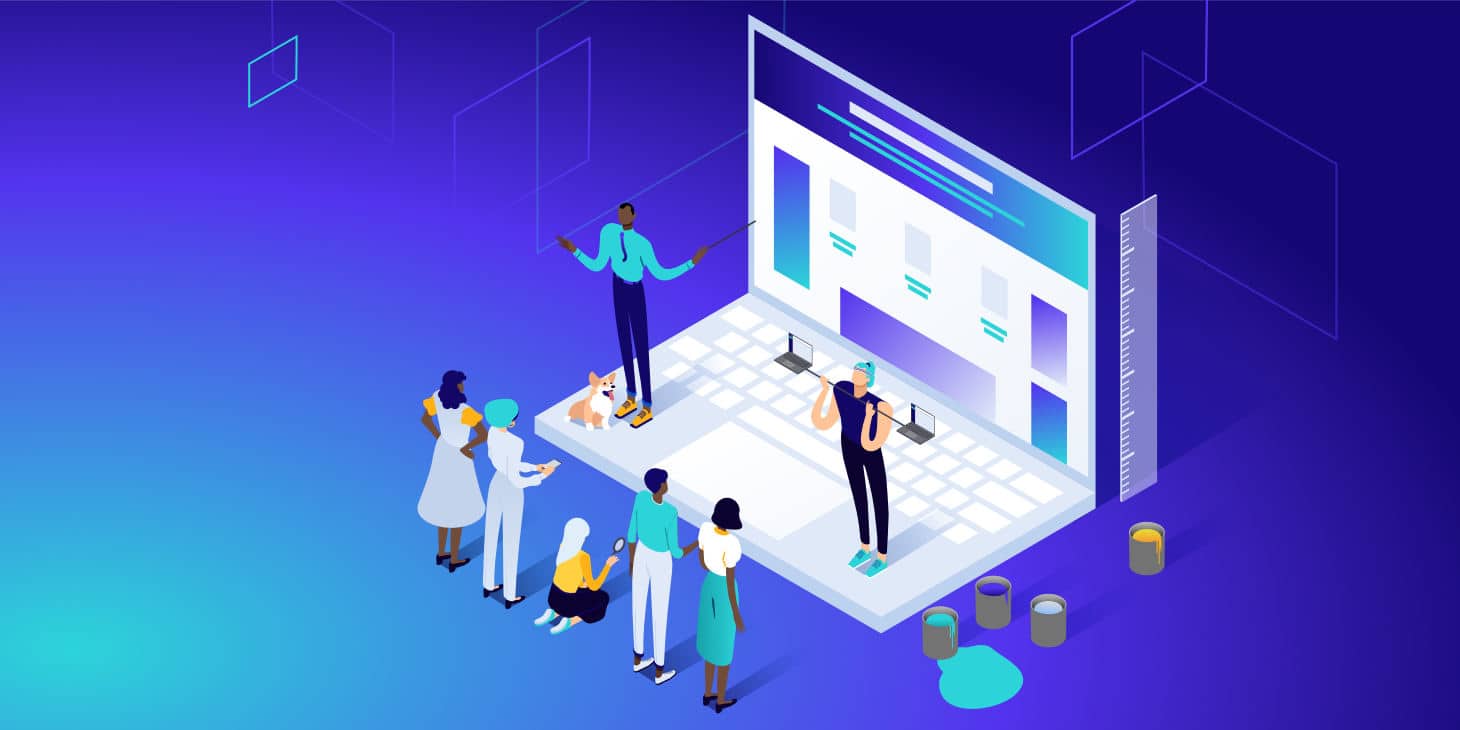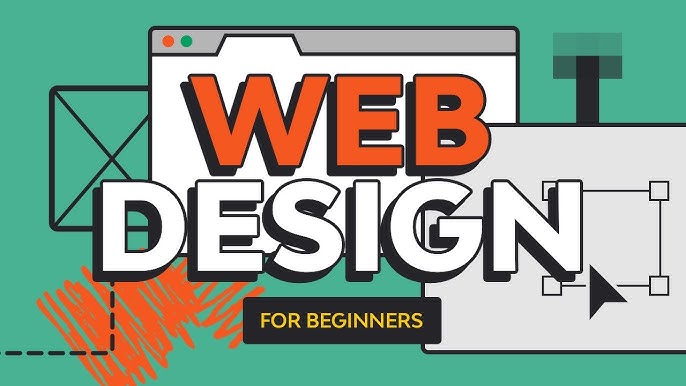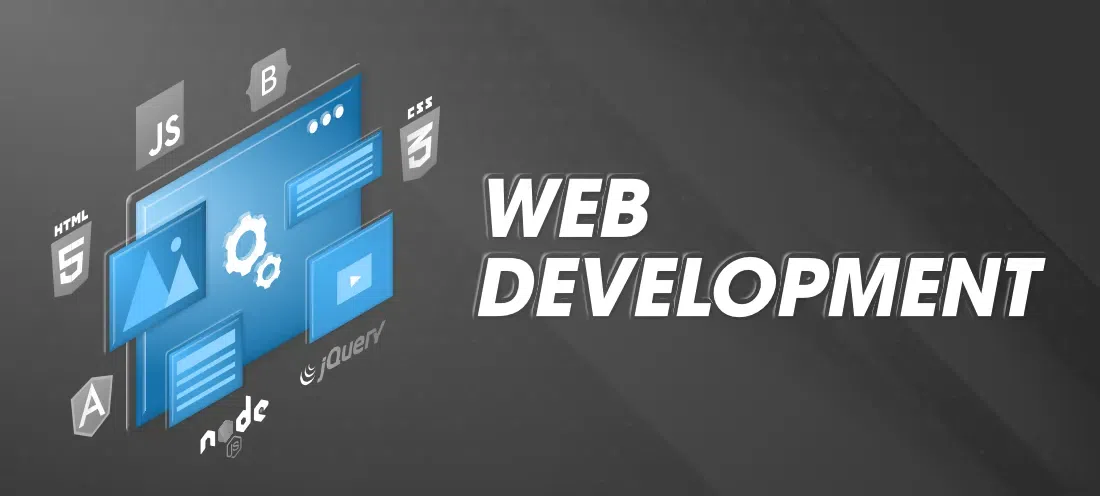Aligned Position Web Design: Building Responsive, Mobile-Friendly Websites for Modern Users
The Best Kinds of Website Design to Improve User Experience and Engagement
In the ever-evolving landscape of digital communication, the efficiency of Web style substantially impacts user experience and interaction. Various layout techniques, such as minimal, responsive, and interactive formats, each offer one-of-a-kind benefits that can provide to diverse individual needs.
Minimal Website Design
As digital landscapes end up being progressively chaotic, minimal website design has arised as an effective method to improving user experience. This style philosophy focuses on simpleness, concentrating on vital components while removing unnecessary interruptions. By using enough white area, simple navigating, and a limited shade scheme, minimalist design fosters clarity and guides individual interest to crucial content.
The core concept of minimalist Web style is to develop a seamless interaction for users. By lowering cognitive lots, individuals can quickly grasp info without feeling bewildered. This direct strategy not only enhances usability yet also urges interaction, as site visitors are much more most likely to explore a site that is aesthetically appealing and easy to navigate.
In addition, minimal layout often stresses typography and imagery, utilizing these components purposefully to convey messages properly. In significance, minimalist Web design is not simply a fad; it is a thoughtful methodology that identifies the relevance of user-centered style.
Receptive Website Design
In today's varied electronic setting, receptive Web design has actually become necessary for creating a smooth user experience across a wide variety of devices. As users gain access to sites on smart devices, tablet computers, laptops, and desktop computers, the ability of a web site to adapt its design and web content to various display dimensions and resolutions is essential.
Responsive website design utilizes adaptable grids, pictures, and CSS media inquiries to guarantee that Web material exists efficiently, no matter of the device utilized. This technique not only improves the visual charm of a site however likewise significantly enhances use. Users are more likely to involve with a site that offers a constant experience, as it gets rid of the irritation of needing to focus or scroll exceedingly.
In addition, search engines, including Google, focus on mobile-friendly sites in search positions. By embracing receptive style, organizations can enhance their presence and reach a broader audience. This approach likewise streamlines internet site upkeep, as a solitary variation of the site can deal with all gadgets, minimizing the requirement for numerous variations. In summary, receptive Web layout is a fundamental technique that boosts customer experience, involvement, and overall fulfillment.
Interactive Web Layout
Responsive website design prepares for improving customer experience, but interactive Web layout takes this an action further by engaging users in an extra vibrant means - Aligned Position Web Design. By incorporating components such as computer animations, clickable prototypes, and real-time feedback, interactive website design astounds customers, attracting them right into a richer surfing experience
This strategy not only fosters engagement however likewise encourages users to explore content proactively instead of passively eating it. Strategies such as gamification, where customers gain incentives for finishing jobs, can considerably improve the moment invested on a website and check that boost total fulfillment. Additionally, interactive functions can simplify intricate info, making it much more digestible and pleasurable.

Integrating interactive layout elements can also result in higher conversion rates, as customers are more probable to engage with a site that actively entails them. Aligned Position Web Design. Ultimately, interactive website design transforms individual experiences into remarkable trips, guaranteeing that site visitors return time and once again
Flat Layout
Defined by its minimalistic technique, level layout highlights simplicity and functionality, removing unneeded aspects and focusing on crucial features. This layout viewpoint prioritizes use, making certain that customers can navigate interfaces easily and performance. By employing a clean aesthetic, flat design removes the mess frequently discovered in much more elaborate styles, thus enhancing individual emphasis on material and functionality.
The characteristic of level design hinges on its use bold colors, straightforward typography, and geometric forms. These aspects contribute to a visually enticing user interface that is both modern and friendly. In addition, flat style promotes a sense of clearness, allowing users to recognize vital activities and information without interruption.
Furthermore, level layout is specifically efficient in responsive website design, as its simpleness converts well throughout different gadgets and screen sizes. The absence of complex structures and slopes reduces loading times, which is vital for preserving individual engagement. As digital landscapes remain to advance, level style remains an appropriate option for creating straightforward web sites that enhance general experience. By concentrating on crucial functions, flat style not just fulfills individual requirements yet likewise encourages smooth interaction, making it a crucial element of reliable click reference Web design methods.
Adaptive Website Design
Flexible website design try here tailors the user experience by developing several fixed layouts customized to different display dimensions and devices. Unlike receptive layout, which fluidly readjusts a solitary design, adaptive design uses distinctive designs for details breakpoints, making certain optimum discussion on various systems. This technique allows designers to focus on the unique characteristics of each tool, improving functionality by providing exactly what customers need based upon their context.
One of the primary benefits of flexible Web layout is its capability to enhance lots times and efficiency. By serving customized material and images that fit the user's tool, web sites can minimize information use and improve loading rates. This is especially useful for individuals with slower links or minimal information strategies.

Furthermore, flexible layout assists in a much more regular and controlled branding experience. Because designers create multiple layouts, they can ensure that the aesthetic aspects straighten with the brand name's identity across different systems - Aligned Position Web Design. This leads to a cohesive individual experience, improving involvement and advertising individual retention
Conclusion
Finally, the integration of minimal, responsive, and interactive Web design concepts dramatically boosts user experience and involvement. Minimal layout fosters clarity and focus, while receptive style guarantees adaptability throughout various gadgets, advertising accessibility. Interactive design mesmerizes customers through dynamic elements, urging expedition and customization. Collectively, these design approaches add to the development of straightforward atmospheres that not just enhance satisfaction however likewise drive greater conversion rates, highlighting their vital relevance in contemporary Web style strategies.

Minimalist layout fosters quality and emphasis, while receptive style guarantees flexibility across numerous tools, advertising availability. Jointly, these style approaches add to the creation of easy to use settings that not just improve contentment yet also drive higher conversion rates, underscoring their crucial relevance in modern Web style techniques.